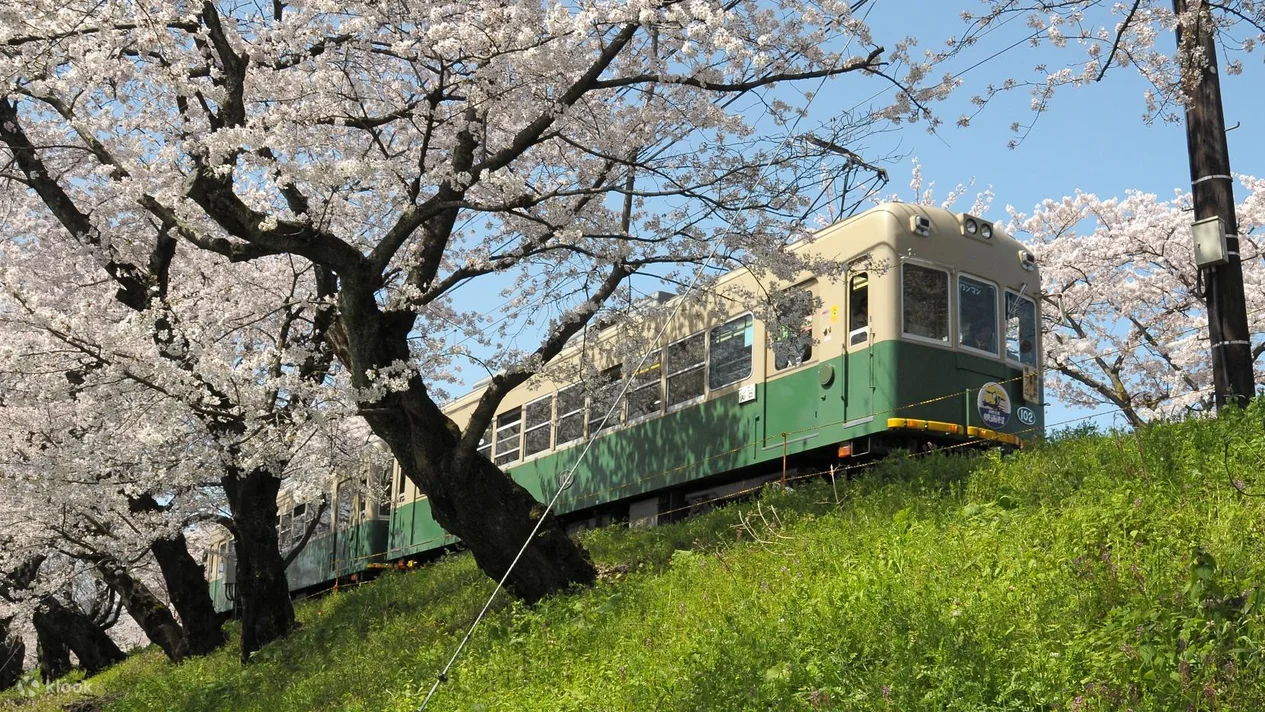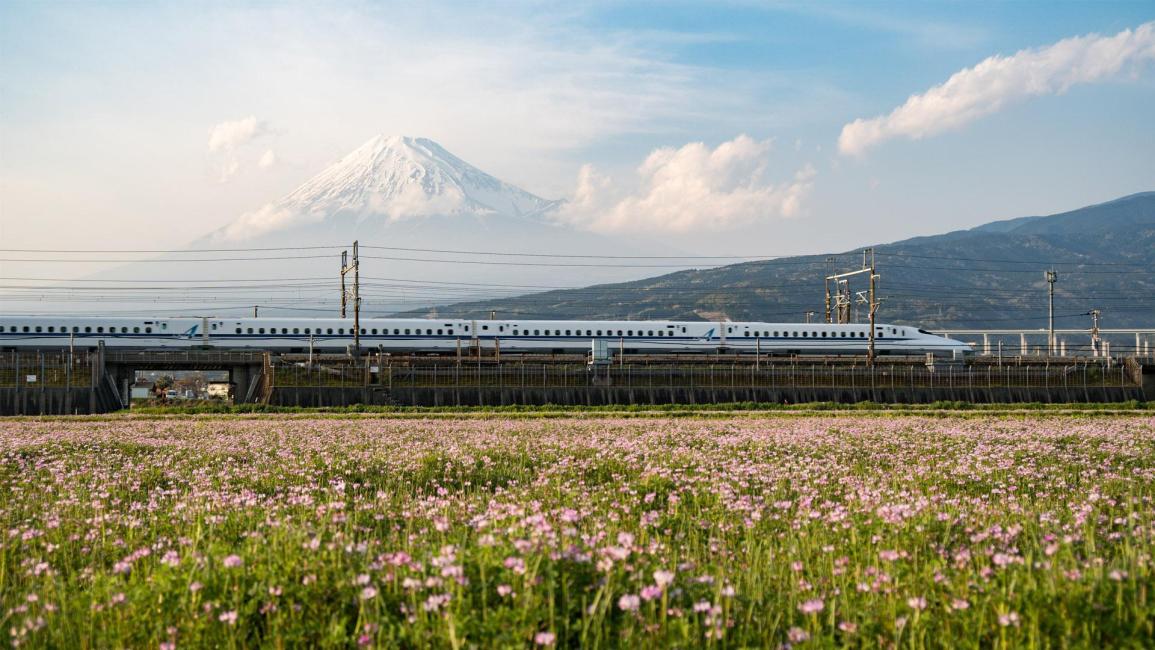In anticipation of the replacement of the limited express “SHINANO” that connects Nagoya Station and Nagano Station, JR Central aims to further improve ride comfort by introducing a new model “385 series” EMU using next-generation tilting control technology.

Weak point is “rain”… riding comfort of the current “SHINANO”
In general, when a train traveling at high speed passes through curves, a large centrifugal force is applied to the passengers, causing them to be swung outward, making the ride uncomfortable. The track equipment at the curve sections has a slope called “cant”, but in addition to this, the special train cars called “tilting train” will tilt themselves only in the curve sections to further reduce the centrifugal force.
Randen + Kyoto Subway 1 Day Pass
The current 383 series EMU, which has been introduced to the limited express “SHINANO” since 1995, is also tilting trains that aims to achieve both speed and ride comfort when passing curves using the control technology of the time. Even now it is possible to run at a speed of up to 35 km/h in addition to the basic speed, and it is the fastest regulation in Japan. It contributes to shortening the time required in sections where there are repeated curves in the mountains, such as Kiso Valley.
The tilting control of the 383 series acquires the distance to the start of the curve when it detects the passing of the “beacon” installed on the ground in front of the curves. After that, the distance is calculated from the number of rotations of the wheels, etc., and the bodies start tilting automatically when the first obtained distance is reached.
However, this control method has its weaknesses. If the wheel slides on the track and rotates due to rainfall, an error will occur in the calculation based on the number of revolutions. In tilting control, it is important to tilt the car body without deviating from the curve starting position, but in such a situation, a “swing delay” occurs, which affects ride comfort.
(See the chart below for details such as a map of the limited express “SHINANO” service route, image of the next-generation tilting control adopted for the 385 series.)
![[Chart] A map of the limited express "SHINANO" service route, image of the next-generation tilting control adopted for the 385 series](https://en.wtmnews.net/wp-content/uploads/sites/3/2023/07/ea0d1060852081d6c6f249d715a916da.png)
With ideas to support the spread of platform doors
The 385 series will be newly equipped with “gyro sensors” that detects changes in the rotation and direction of the vehicle, and constantly monitors the positional relationship between the vehicle and the curves. It is possible to accurately detect the curve starting position without depending on the beacons or wheel rotation numbers, contributing to improved ride comfort in various situations. Driving tests using this next-generation tilting control have shown that the evaluation index for ride comfort is about 15% better than the current control.
Improved safety is also a big advantage of the 385 series. Like the hybrid limited express train “HC85 series” that appeared in July 2022, it will be equipped with a system “DIANA” that can remotely monitor the operating status and failures of train equipment, and will also introduce security cameras inside the train.
In addition, efforts have been made to unify the body length and door positions with the 315 series local trains running on the Chuo Line. This makes it possible to adopt movable platform fences (platform doors) with narrow openings, which has the advantage of improving safety on the platforms at low cost.
The theme of the 385 series exterior design is “a refreshing breeze blowing over the Japan Alps”, which is suitable for running on the Chuo Line, which is blessed with the natural scenery of the four seasons. It expresses the appearance of dashing through the mountains from Gifu to Nagano, and like the current 383 series, which features a “wide view”, both leading cars will ensure front views.
Regarding the introduction plan for the 385 series, first, a new 8-car train will be manufactured as mass produced foregoing cars, and after completion until March 2027, a running test will be conducted for about a year to check the next-generation tilting control. About mass-produced cars, they said that it is proceeding with consideration so that it can be introduced around 2029.



 [All Japan JR Pass] Discover Japan with the All Japan JR Pass, the easiest and most cost-effective way to travel around Japan | Delivery to Taiwan, South Korea, Hong Kong & Singapore (Ad by KKday)
[All Japan JR Pass] Discover Japan with the All Japan JR Pass, the easiest and most cost-effective way to travel around Japan | Delivery to Taiwan, South Korea, Hong Kong & Singapore (Ad by KKday) [Japan] Shoryudo Highway Bus Pass | Get unlimited bus rides to Takayama, Kanazama, Toyama, and Nagoya areas (Ad by KKday)
[Japan] Shoryudo Highway Bus Pass | Get unlimited bus rides to Takayama, Kanazama, Toyama, and Nagoya areas (Ad by KKday)



